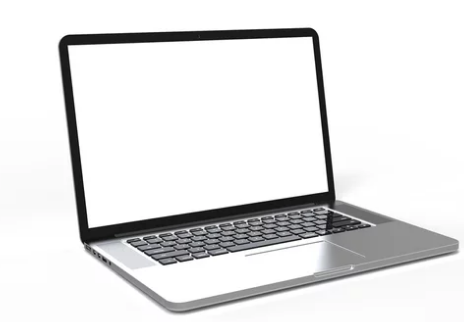Many laptops slow down over time, but upgrading hardware is not the only way to fix this problem. It is possible to speed up a slow laptop by cleaning up software clutter, managing startup programs, and optimizing system settings. These steps can significantly improve performance without spending money on new parts.
A slow laptop often struggles because of too many background processes, full storage drives, or outdated software. Addressing these issues can help the laptop run faster and more smoothly. This approach lets users delay costly upgrades and get better use out of their current device.
By understanding what slows laptops down and applying easy fixes, performance can be boosted quickly and effectively. Simple changes to how the laptop operates can make a noticeable difference in speed.
Key Takeways
- Cleaning up unnecessary files and programs improves laptop speed.
- Managing startup apps reduces slow boot times and freezes.
- Keeping software updated and optimized enhances overall performance.
Essential Steps to Speed Up a Slow Laptop Without Upgrading Hardware
To improve a laptop’s speed, it is crucial to manage startup programs, remove unused applications, and clean out temporary files. These tasks reduce system clutter and free up resources, allowing the laptop to run more efficiently.
Remove Unnecessary Startup Programs
Many programs launch automatically when the laptop starts, which slows down boot time and overall performance. Disabling unnecessary startup programs helps the system start faster.
Users can access the startup manager through the Task Manager on Windows by pressing Ctrl+Shift+Esc and selecting the Startup tab. From there, they should identify programs that are not essential for daily use and disable them.
Common programs to disable include game launchers, update managers, and software rarely used. It is important not to disable system-critical programs or security software.
Uninstall Unused Applications
Applications that are rarely or never used take up disk space and can run background processes that use memory and CPU power. Removing these apps helps free space and reduce background activity.
Users can uninstall programs through the Control Panel or Settings under “Apps & Features.” It is helpful to review the list and uninstall anything not needed.
This step also makes it easier to update necessary programs and reduces conflicts caused by leftover files or outdated software.
Clean Temporary Files and System Junk
Temporary files and cached data build up over time, affecting system speed and disk space. Deleting these files can improve laptop responsiveness.
Tools like Disk Cleanup on Windows scan for files such as temporary internet files, system cache, and log files. Running this tool regularly helps maintain system health.
Users should also clear browser caches and remove files from the Downloads folder that are no longer needed. This reduces clutter and improves storage availability.
Advanced Software Optimizations to Boost Laptop Performance
Improving laptop speed without new hardware requires careful software management. Key areas to focus on include controlling unnecessary programs, optimizing power use, and keeping the system and drivers up to date. These steps help a laptop run smoother while reducing lag and delays.
Manage Background Processes
Many programs run quietly in the background and use valuable system resources. Stopping unnecessary background apps can free up CPU and RAM, which improves laptop responsiveness.
He or she should open the Task Manager (Ctrl + Shift + Esc) and check the “Processes” tab. Sort by CPU or memory use to find heavy programs. Ending tasks for unused apps can boost speed.
It’s important not to close essential Windows processes. Focus on third-party apps or startup items that auto-run but are not needed. Disabling them from the “Startup” tab prevents slowdowns after reboot.
Adjust Power Settings for Better Speed
Power plans affect how a laptop uses energy and performance. Many laptops default to balanced or power-saving modes, which can reduce speed to save battery.
Switching to the “High Performance” plan allows the CPU to run at full capacity. This is especially helpful when plugged in for heavy tasks.
He or she can change power settings by going to Control Panel > Power Options. Selecting or customizing a power plan can balance between speed and energy use. Setting the minimum processor state to 100% ensures max CPU power.
Update Operating System and Drivers
Updates for Windows and device drivers often include fixes and performance improvements. Running outdated software can cause slowdowns and errors.
Regularly checking for Windows updates through Settings > Update & Security is key. Installing the latest patches improves security and system efficiency.
Drivers for graphics, chipset, and network devices should also be updated. This can be done manually via manufacturer websites or through Windows Device Manager.
Keeping these components current helps maintain stability and better laptop speed.
Also Read :
